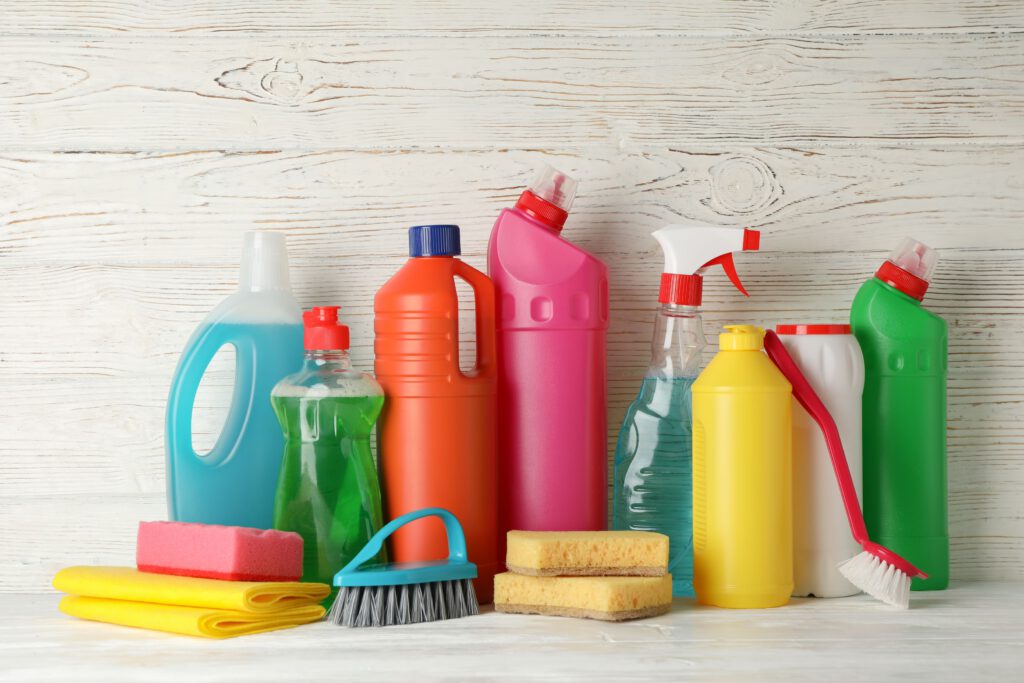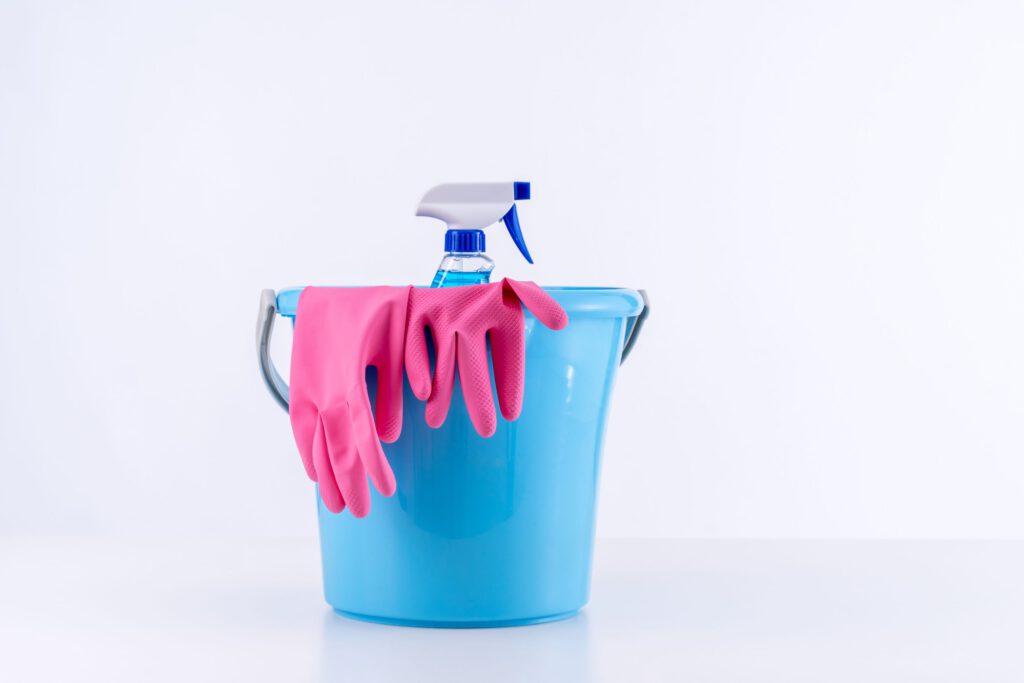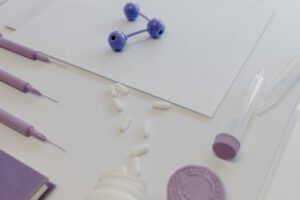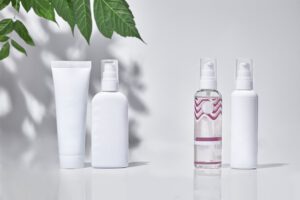How to Use Authorised Cleaning Tools and Equipment in the Food Industry

A common mistake made by beverage manufacturers, foodservice operators, and food production companies is assuming that a clean surface is also hygienic. Using soaps and detergents only can hardly eliminate all bacteria, mainly Salmonella and Escherichia coli. Therefore, despite cleaning a surface diligently, the threat of bacterial contamination still exists.
In general, using approved and innovative cleaning tools and equipment helps improve the efficiency of sanitation efforts by getting rid of organic materials like debris, soil, and dirt. Before getting into the steps to follow, factor in that any cleaning process necessitates using the right cleaning tools and equipments.

Remove Debris
Remove debris off the food contact surfaces using a lint-free cloth or wipe. The trash includes gross solids, dirt, large particles, mineral salts, lubricants, proteins, and other residues.
Rinse Residue
Use warm water to rinse all the equipment. Boiling water can make the soil and particles become attached to the surface and thus avoid removal.
Apply Detergent and a Great Scrubbing
It would help if you used chemical cleaners intended to remove protein and fat during this stage. Besides, mix detergents appropriately by following the provided contact times and dilution rates.
Give a Comprehensive Rinse
Before heading to the sanitising step, use potable water to perform a final rinse that removes any residue and detergent.
Inspect Closely
Take a closer look to spot areas that still need attention. Closely monitor the hard-to-reach areas.
Disinfect or Sanitize
Apply a top-quality disinfecting or sanitising chemical ideal for the food and beverage industries. Sanitising is essential as it kills microorganisms and bacteria.
Dry
Instead of using a wipe to dry the surfaces, consider air-drying as it prevents re-contamination.
How to Confirm if an Area is Thoroughly Cleaned
How do you confirm a surface is clean after cleaning, sanitising, and disinfecting your building? Well, performing a quick eye scan is not sufficient. You can barely recognise viruses and bacteria with your eyes. Here is where ATP testing comes in handy, but what is ATP testing? In the simplest term, it’s a test done in the food industry to determine whether a surface is ready for food handling. The test gives you the number of pathogens available on the surface. A high ATP reading necessitates additional cleaning.


